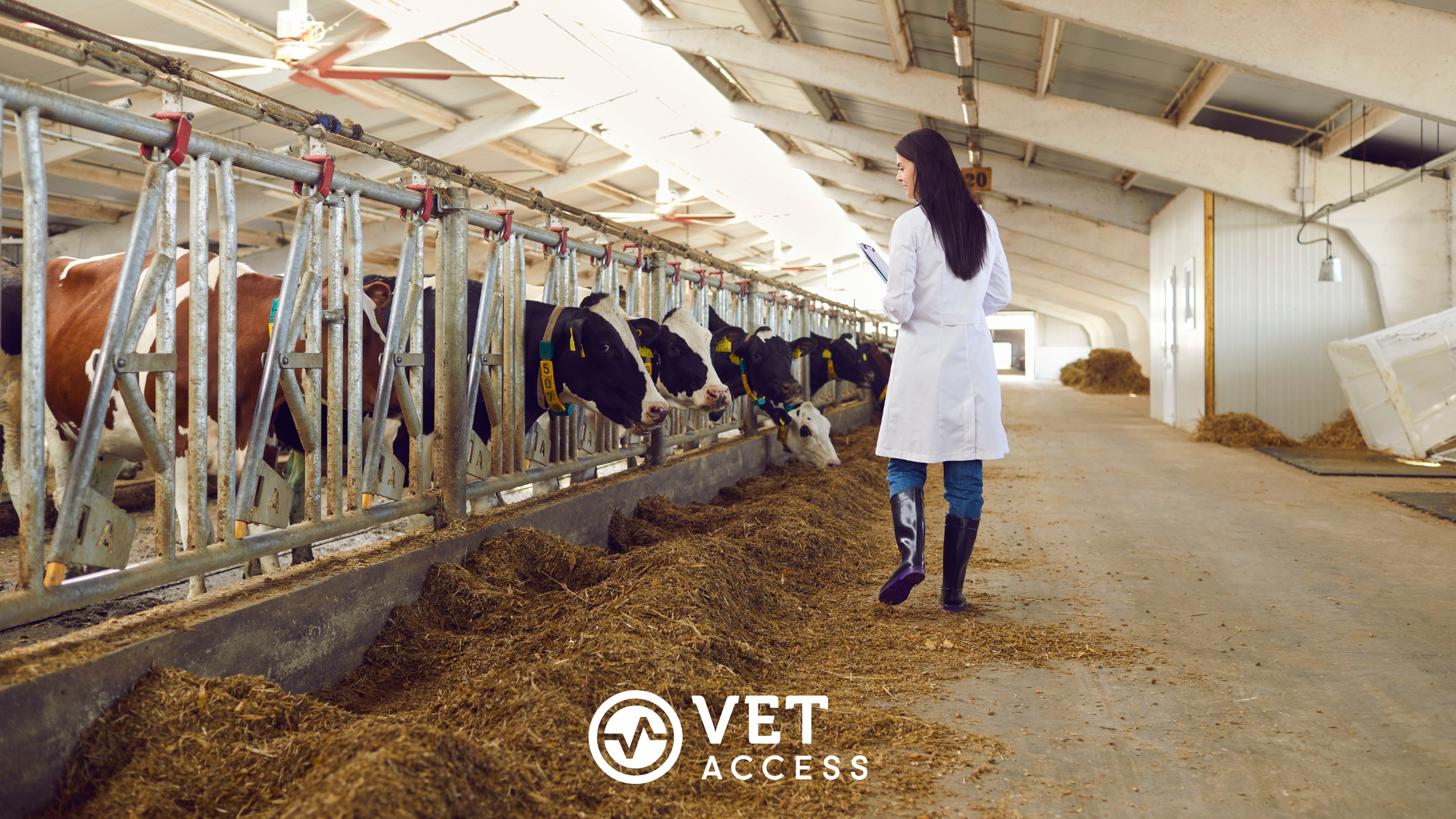
4 Tips on Getting the Best Insights from Nutritionists and Veterinarians
The animal health market is growing. A swelling world population and increasing focus on animal welfare has made animal nutrition and veterinary care a necessary expense for many consumers, one that safeguards not only the health of our pets, but the quality of our food supply, as well. But this doesn’t mean that there aren’t obstacles threatening the market’s overall potential; markets change, of course, growing or diminishing or maintaining a status quo as consumer needs and supply issues fluctuate according to any number of factors. In the case of animal nutrition and care, policy and licensing concerns, the abundance of lay-accessible information, the price of educational instruction, public health emergencies like COVID-19 and more all affect the value of the market at any given time, creating needs and demands that are often difficult for businesses to control. The one thing that doesn’t change, however, is the value of information. Reliable data acts as insurance for and against future market behavior, with a company’s ability to acquire actionable insight quickly helping it anticipate and respond to market conditions even as the rest of the market struggles simply to secure an operational foothold.
Take a look at what over two decades of experience in the animal health market has taught us about crafting studies for animal nutritionists and veterinarians:
Review Existing Literature
Don’t waste your money crafting a study that gets you information you could have gotten elsewhere. There’s a lot of good, existing information already out there. Secondary source materials such as trade journals and syndicated reports can help you gather basic facts and figures about the animal health market. Use it to narrow your research focus and keep your budget for uncovering unique insights rather than general ones.
Identify a Specific Market Segment
As mentioned, the animal health market encompasses a wide variety of services, from companion animals to livestock animals across multiple industries (beef, dairy, equine, swine and poultry). To get the most out of any research project, you must target a specific segment of the market. For animal health market research, this means identifying a specific market segment. For instance, there’s a big difference between the needs of a veterinary clinic versus a veterinary lab. And even with veterinary clinics, there’s a large discrepancy among their services, with some focusing on diagnostic treatment and others on general health maintenance. Make sure you identify the market segment that best matches your company’s research needs.
Focus on a Region
Similarly, it helps to focus your research on a specific region. Different parts of the world have differing veterinary and animal nutrition needs. Indeed, different parts of the U.S. have differing needs. Because animal disease patterns and welfare practices vary greatly according to regional policies, weather conditions, labor pools, consumption needs, human population densities and wealth/resources, it’s important to match your company’s research needs to the needs of respondents in the right geographic area(s). Otherwise, the data you glean will not be representative of the right type of people.
Consider Industry Trends
Review industry trends to help guide your research. Global meat consumption, for example, “has more than quadrupled” over the last 50 years. Companies can use this information to anticipate an increase in demand around products related to beef livestock care; likewise, past trends indicate that governmental restrictions on imports and exports could affect meat consumption, making it paramount that companies keep abreast of current policies and any changes that could alter the consumer meat supply chain. With this knowledge in mind, businesses can craft studies around plausible needs, not just invented or possible ones.
Conclusion
Navigating the complexities of the animal health market requires a strategic approach to research, emphasizing the need for a thorough review of existing literature, precise market segmentation, regional focus, and awareness of industry trends. By following these four tips, businesses can gain actionable insights that support informed decision-making and foster growth in a competitive landscape.
To see a practical application of the importance of primary research among livestock vets in action, check out the Separating Overlapping Audiences case study. This case study demonstrates Vet Access’s innovative approach in livestock veterinary market research, providing invaluable insights and informing strategic planning for a leading animal health company.


%20VA.png?width=352&name=Data%20Quality%20Adding%20the%20Next%20Line%20of%20Defense%20(June%202024)%20VA.png)

